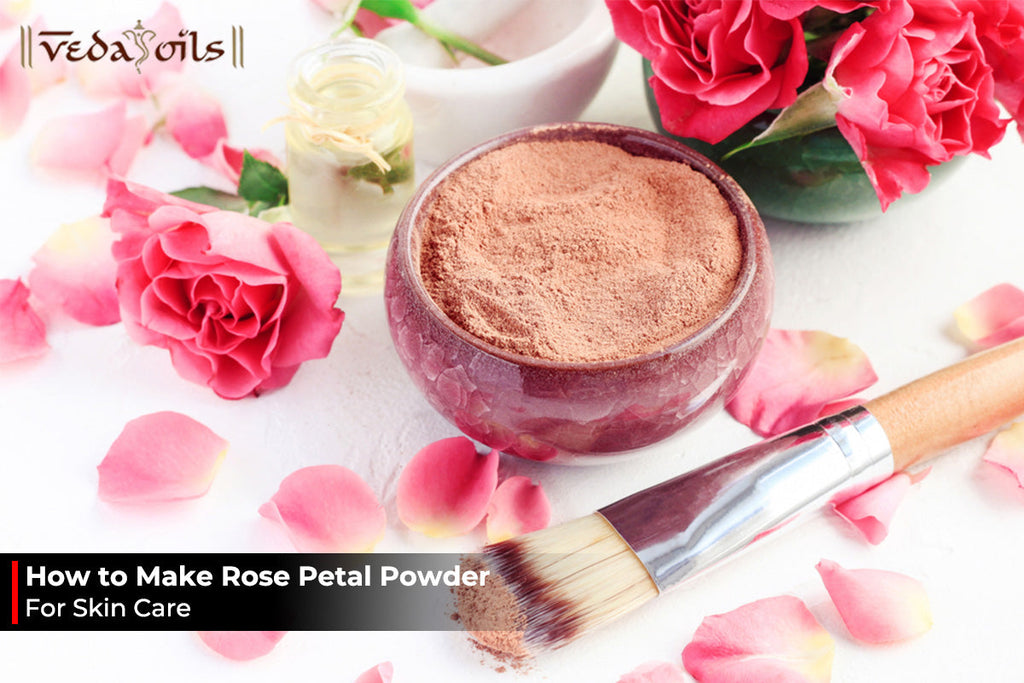Flavor Oils Vs. Flavor Extracts | Difference Between Them
Choosing the correct flavoring ingredient in culinary innovation can elevate a dish from ordinary to spectacular. Flavor Oils for Food and flavor extracts are two candidates frequently found in the arsenals of chefs and home cooks.

Understanding their intricacies is critical for improving the quality of your culinary creations. This blog provides an in-depth comparison of flavor oils vs. flavor extracts.
Understanding Flavor Oils
Flavor oils, obtained from various sources such as fruits, nuts, or seeds, are potent extracts that offer a concentrated flavor punch. Understanding their composition and extraction procedures is critical to fully utilizing their potential.

1. Composition and Extraction
Flavor oils are often obtained by cold pressing or steam distillation, which captures the essence of the source ingredient. This rigorous extraction ensures that the pure, unadulterated tastes are preserved, resulting in a robust flavor.
2. Intensity and Purity
The concentrated composition of flavor oils gives your recipes a powerful and intense flavor profile. Their purity ensures that the chosen substance's essence is neither diluted nor distorted.
3. Heat Stability
One significant advantage of flavor oils is their heat stability, which makes them useful for various cooking processes such as baking and sautéing. This feature increases its versatility in a variety of culinary applications.
4. Versatility
Flavor oils are versatile and can be used in various foods, from sweet to savory. These oils add a pop of flavor to any dish, whether you're infusing a dessert or boosting a salad dressing.
Navigating the World of Flavor Extracts
Flavor extracts, on the other hand, add a new dimension to culinary creativity by presenting a diverse range of flavors extracted using various methods.

1. Composition and Extraction
Flavor extracts are frequently made by soaking the source component in alcohol and infusing it with its essence. This method produces a more extensive range of flavors, making extracts an exciting option for culinary experimentation.
2. Versatility and Range
Flavor extracts come in various flavors, from vanilla and almond to citrus. Because of their variety, they are suitable for a wide range of recipes, providing limitless opportunities for culinary recipes.
3. Use in Baking
Flavor extracts, particularly vanilla extract, are vital baking ingredients. Their liquid shape easily mixes into batters and doughs, ensuring even flavor distribution throughout baked items.
4. Alcohol Content
It's important to know that flavor extracts may contain alcohol, which might affect how a meal tastes. The alcohol content must be carefully considered, especially in recipes where the flavor must be prominent without alcoholic undertones.
Choosing the Right Tool for the Culinary Canvas
As you begin your culinary journey, the decision between flavor oils and extracts is influenced by several elements, each of which is critical to the success of your dish.

1.Intensity of Flavor
Consider the level of flavor you want. Flavor oils provide a powerful rush of flavor that is great for hearty foods, whereas extracts provide a subtle profile that is good for a broader range of applications.
2.Heat Stability
Flavor oils shine with their remarkable heat stability when used in high-temperature cooking, such as baking or sautéing. Extracts, while versatile, may lose some efficacy when heated for an extended period.
3.Versatility
Both oils and extracts are adaptable, but the culinary canvas determines the decision. Oils are great for infusing robust flavors, whereas sections provide a varied flavor spectrum that may be used in various dishes.
4.Application Expertise
Your expertise with each element is essential. Knowing when to utilize a specific oil or extract based on its flavor profile and compatibility with other ingredients signifies culinary experience.
Conclusion
Choosing between flavor oils and extracts in the vibrant palette of culinary possibilities is analogous to selecting the right brushstroke for a masterpiece. Whether you're looking for solid strokes of intensity from oils or delicate nuances from extracts, understanding their composition, adaptability, and application is essential. Allow the complex symphony of flavors these culinary gadgets provide to your kitchen to lead your imagination as you go on culinary adventures.
You May Also Like:
Buy Products
Related Articles
-
 How to Make Marble Candles | DIY Marble Pillar Candle
How to Make Marble Candles | DIY Marble Pillar Candle -
 DIY Tanning Oil - Best Homemade Recipes For Tan Removal
DIY Tanning Oil - Best Homemade Recipes For Tan Removal -
 Homemade Mustache Wax: Best DIY Recipe With Natural Ingredients
Homemade Mustache Wax: Best DIY Recipe With Natural Ingredients -
 Kojic Acid vs. Glycolic Acid: Which Is Better for Skin Whitening?
Kojic Acid vs. Glycolic Acid: Which Is Better for Skin Whitening? -
 5 Best Grades of Essential Oils - The Grading System
5 Best Grades of Essential Oils - The Grading System -
 How to Make Rose Petal Powder For Skin Care Homemade Recipe
How to Make Rose Petal Powder For Skin Care Homemade Recipe
Disclaimer :- This article is intended for informational and educational purposes only and should not be considered a substitute for professional medical advice. For specific health concerns or treatment, please consult your personal physician. The article's editor, writer, and VedaOils organization do not assume any responsibility for any health outcomes resulting from the information provided. Readers are strongly encouraged to seek advice from their physician before acting on any recommendations made in these articles.
















 Sign in
Sign in Register now
Register now My Reward Points
My Reward Points









